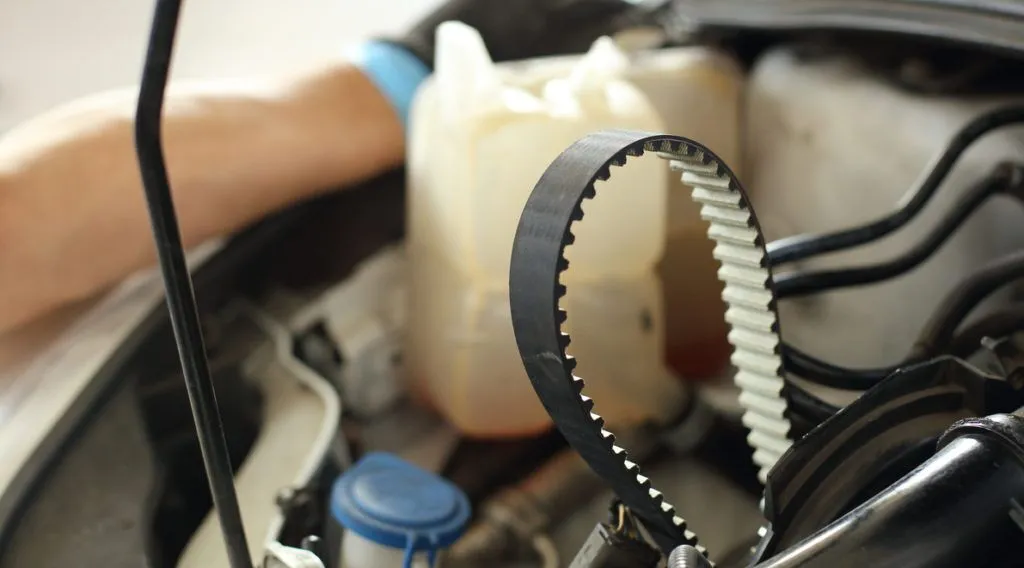- Arabic
- French
- Russian
- Spanish
- Portuguese
- Turkish
- Armenian
- English
- Albanian
- Amharic
- Azerbaijani
- Basque
- Belarusian
- Bengali
- Bosnian
- Bulgarian
- Catalan
- Cebuano
- Corsican
- Croatian
- Czech
- Danish
- Dutch
- Afrikaans
- Esperanto
- Estonian
- Finnish
- Frisian
- Galician
- Georgian
- German
- Greek
- Gujarati
- Haitian Creole
- hausa
- hawaiian
- Hebrew
- Hindi
- Miao
- Hungarian
- Icelandic
- igbo
- Indonesian
- irish
- Italian
- Japanese
- Javanese
- Kannada
- kazakh
- Khmer
- Rwandese
- Korean
- Kurdish
- Kyrgyz
- Lao
- Latin
- Latvian
- Lithuanian
- Luxembourgish
- Macedonian
- Malgashi
- Malay
- Malayalam
- Maltese
- Maori
- Marathi
- Mongolian
- Myanmar
- Nepali
- Norwegian
- Norwegian
- Occitan
- Pashto
- Persian
- Polish
- Punjabi
- Romanian
- Samoan
- Scottish Gaelic
- Serbian
- Sesotho
- Shona
- Sindhi
- Sinhala
- Slovak
- Slovenian
- Somali
- Sundanese
- Swahili
- Swedish
- Tagalog
- Tajik
- Tamil
- Tatar
- Telugu
- Thai
- Turkmen
- Ukrainian
- Urdu
- Uighur
- Uzbek
- Vietnamese
- Welsh
- Bantu
- Yiddish
- Yoruba
- Zulu
Medi . 22, 2024 20:08 Back to list
flat belt drive and v belt drive
Flat Belt Drive vs. V-Belt Drive A Comparative Analysis
When it comes to mechanical power transmission, flat belt and V-belt drives are two prominent systems that have been utilized in various industries. Understanding their characteristics, advantages, and applications can help in selecting the right method for specific engineering needs.
Flat Belt Drive
Flat belt drives consist of a flat, flexible belt that runs over pulleys. This type of drive is renowned for its simplicity and effectiveness in transmitting power over moderate distances. Flat belts can adapt to a range of pulley diameters and are capable of handling relatively large loads. Their wide contact surface reduces wear and tear on both the belt and the pulleys, leading to longer service life. Additionally, flat belts can be adjusted for tension relatively easily, making maintenance more straightforward.
One of the defining features of flat belt drives is their ability to operate at high speeds. They are commonly used in applications where multiple shafts need to be driven from a single power source, such as in conveyor systems and factory machinery. However, flat belt drives can be prone to slippage, especially under heavy loads or in conditions involving high inertia.
flat belt drive and v belt drive

V-Belt Drive
In contrast, V-belt drives utilize belts shaped like a V, which fit snugly into the grooves of the pulleys. This design enhances friction and minimizes slippage, resulting in higher torque transmission compared to flat belts. V-belts are typically more compact, allowing for smaller, lighter systems, which is advantageous in space-limited installations. Their ability to transmit power efficiently at both high and low speeds makes them suitable for a range of applications, from automotive engines to industrial equipment.
One drawback of V-belt systems is that they can generate more heat due to friction, potentially leading to shorter lifespan if not operated within recommended parameters. Moreover, V-belts can require more frequent adjustment and tensioning than flat belts, particularly in systems where the belts are subjected to significant load variations.
Conclusion
Both flat belt and V-belt drives have their unique advantages and shortcomings. Flat belts offer simplicity and ease of maintenance, making them ideal for certain industrial applications. V-belts, on the other hand, provide superior power transmission efficiency and compact design. Ultimately, the choice between flat and V-belt drives should consider factors such as load requirements, space constraints, and desired efficiency, ensuring optimal performance in the specific application.
-
Korean Auto Parts Timing Belt 24312-37500 For Hyundai/Kia
NewsMar.07,2025
-
7PK2300 90916-T2024 RIBBED BELT POLY V BELT PK BELT
NewsMar.07,2025
-
Chinese Auto Belt Factory 310-2M-22 For BMW/Mercedes-Benz
NewsMar.07,2025
-
Chinese Auto Belt Factory 310-2M-22 For BMW/Mercedes-Benz
NewsMar.07,2025
-
90916-02660 PK Belt 6PK1680 For Toyota
NewsMar.07,2025
-
drive belt serpentine belt
NewsMar.07,2025

